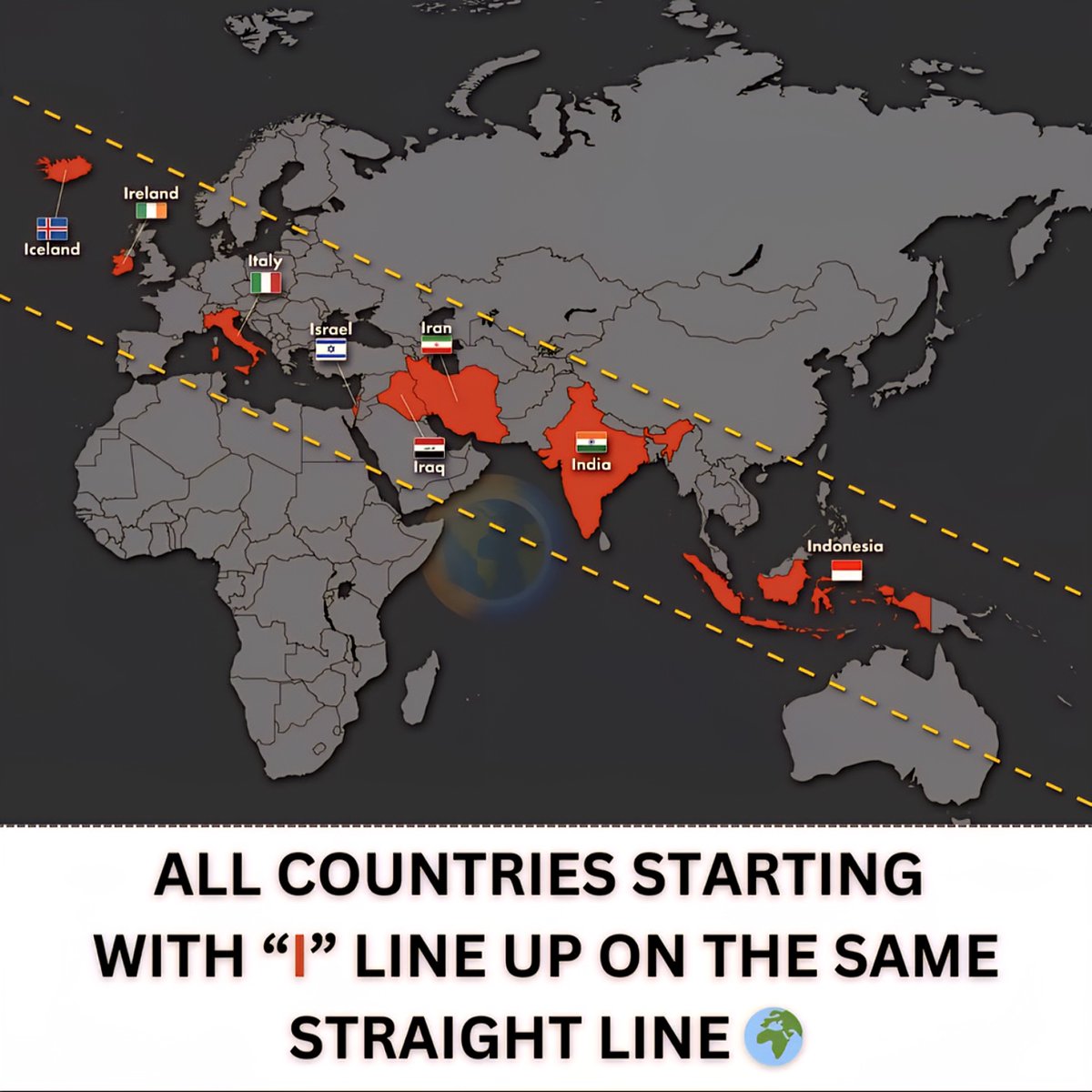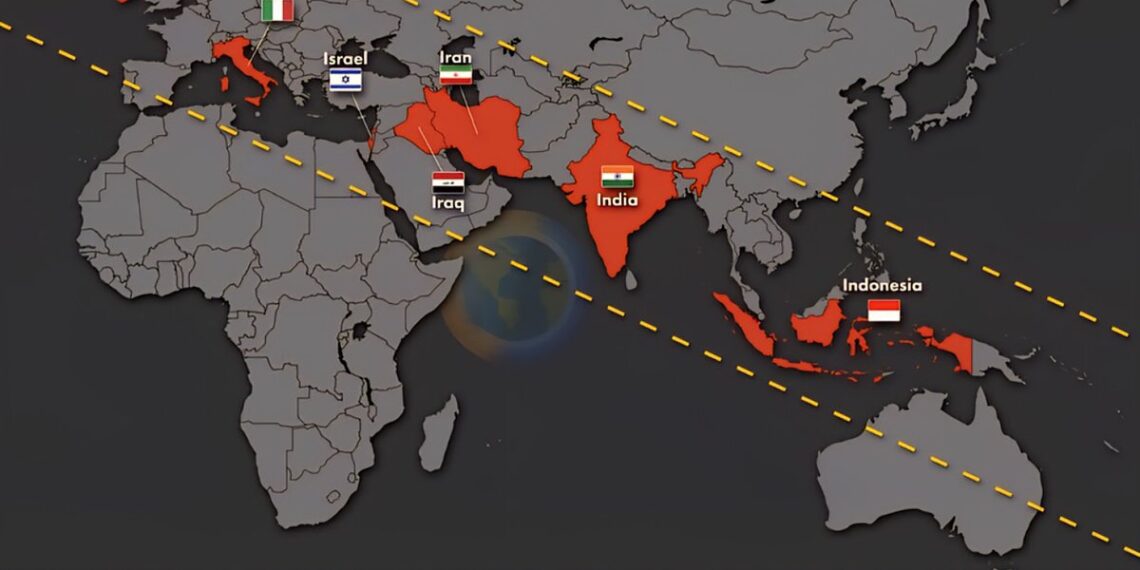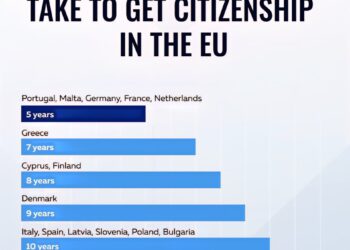Select Language:
The Fascinating Geography of Countries Starting with “I”

1. Unusual Geographic Alignment of “I” Countries
One of the most intriguing facts about countries beginning with the letter “I” is their remarkably straight-line arrangement across the globe. From Iceland in Europe to India in Asia, these nations seem to align in a straight trajectory, showcasing an unexpected yet fascinating geographic pattern. This rare alignment spans multiple continents, giving a unique glimpse into the world’s regional layout.
2. Iceland: The Northern European Gateway
Starting this geographic journey is Iceland, situated in the North Atlantic Ocean. Known for its stunning landscapes—geysers, volcanoes, glaciers—it’s the gateway to exploring the Nordic region. Despite its relatively small size, Iceland plays a vital role in Europe’s environment and cultural influence. Its position at the crossroads of the Atlantic makes it a key player in Northern Europe’s geopolitics.
3. India: A Subcontinent of Infinite Diversity
Moving southeast, India stands as the largest country in South Asia. Its vastness covers an incredible diversity of cultures, languages, and landscapes. From the Himalayan mountains in the north to the tropical beaches in the south, India’s strategic location lends it immense influence in regional and global affairs. The country’s rapid economic growth continues to shape world markets, making its geographic placement all the more significant.
4. Indonesia: An Archipelago at the Crossroads of Continents
Southeast Asia’s Indonesia, the world’s largest archipelagic country, covers thousands of islands spread across the equator. Its geographic position at the boundary of the Asian and Australian tectonic plates makes it a hotspots for seismic activity. Indonesia’s strategic location controls key maritime passages, including the Strait of Malacca—the world’s busiest shipping lane.
5. Iran: The Bridge Between East and West
Southwest of Asia, Iran commands a pivotal position bridging the Middle East with Central Asia. Situated along historically significant trade routes such as the Silk Road, Iran’s geography features rugged mountains, vast deserts, and fertile plains. Its location is historically and geopolitically strategic, fostering a blend of diverse cultures and influences.
6. Iraq and Syria: Humanity’s Crossroads
Further west, Iraq and Syria—both starting with “I” in some lists—have played central roles in ancient civilizations. Their geographic positioning has historically made them crossroads for trade, empires, and cultures. Today, their locations continue to influence regional stability and geopolitics, especially concerning energy routes and social dynamics.
7. The Unified Thread of the “I” Countries
What ties these countries together isn’t just their initial letter—it’s their intriguing linear placement across the globe. Their distribution illustrates how geography often follows patterns, sometimes coincidental, sometimes driven by tectonic shifts and historical migrations.
8. Why This Alignment Is More Than Coincidence
While it might appear coincidental that these countries are aligned, scientists and geographers point toward plate tectonics, historical continent movements, and environmental factors as reasons. The “I” countries seem to trace an approximate line, revealing Earth’s dynamic history.
9. The Significance of This Geographical Pattern
Understanding this pattern isn’t just a trivia fact—it offers insights into geopolitical relationships, resource distribution, and cultural exchanges. Countries in linear arrangement tend to develop interconnected economies and shared historical traits, which can influence international cooperation.
10. Final Thoughts on the “I” Countries’ Geography
The straight-line alignment of nations starting with “I” serves as a reminder of Earth’s ever-changing landscape. From icy Iceland to the diverse continents of Asia and the Middle East, these countries’ positions encapsulate the complexity of our planet’s history, geography, and culture. Their unique pattern continues to inspire geographers and travelers alike, emphasizing the interconnectedness of our world.
Note: This list highlights the notable “I” countries as of 2025. The patterns and interpretations are based on current geographic and geopolitical analyses.






